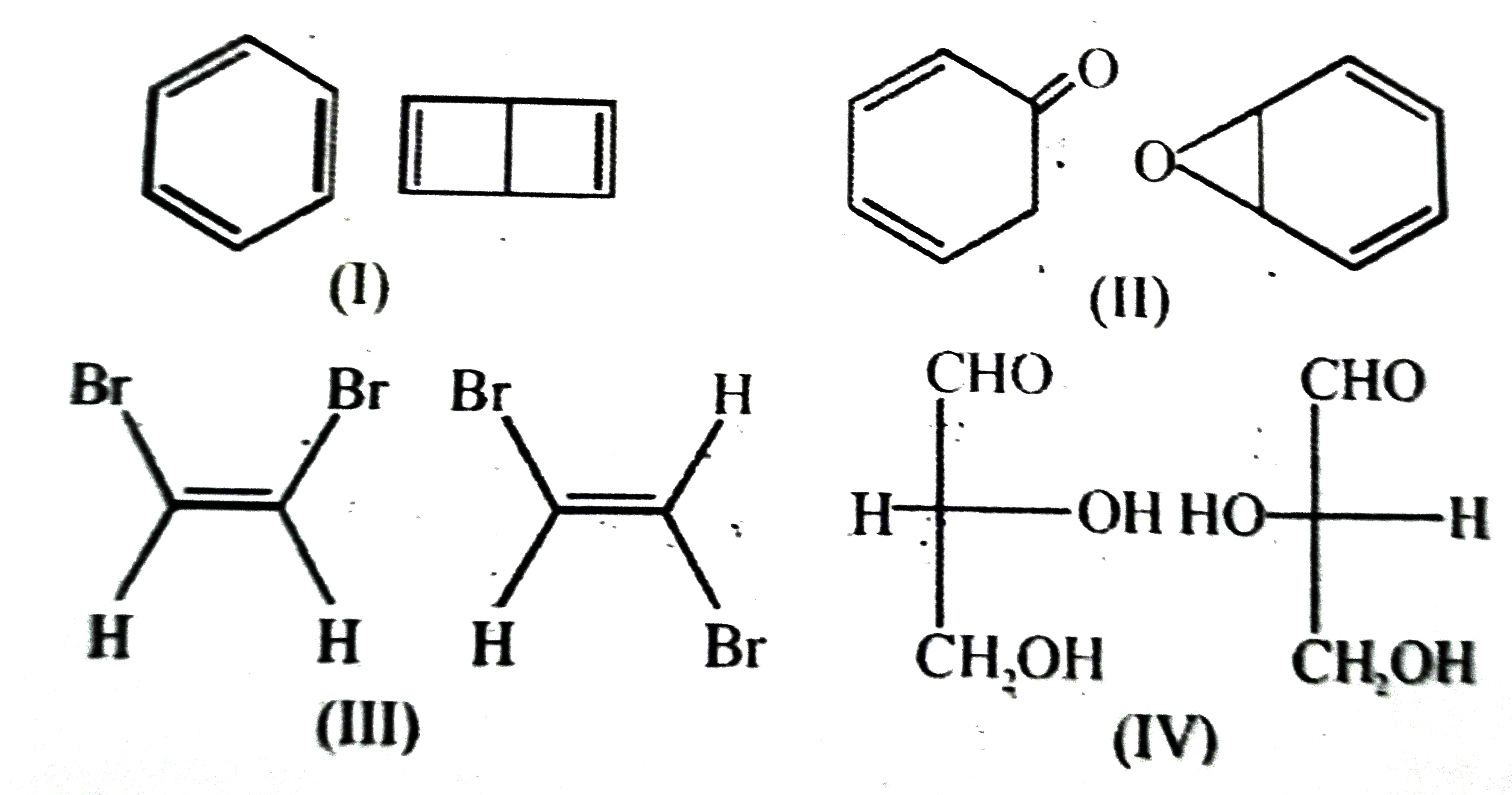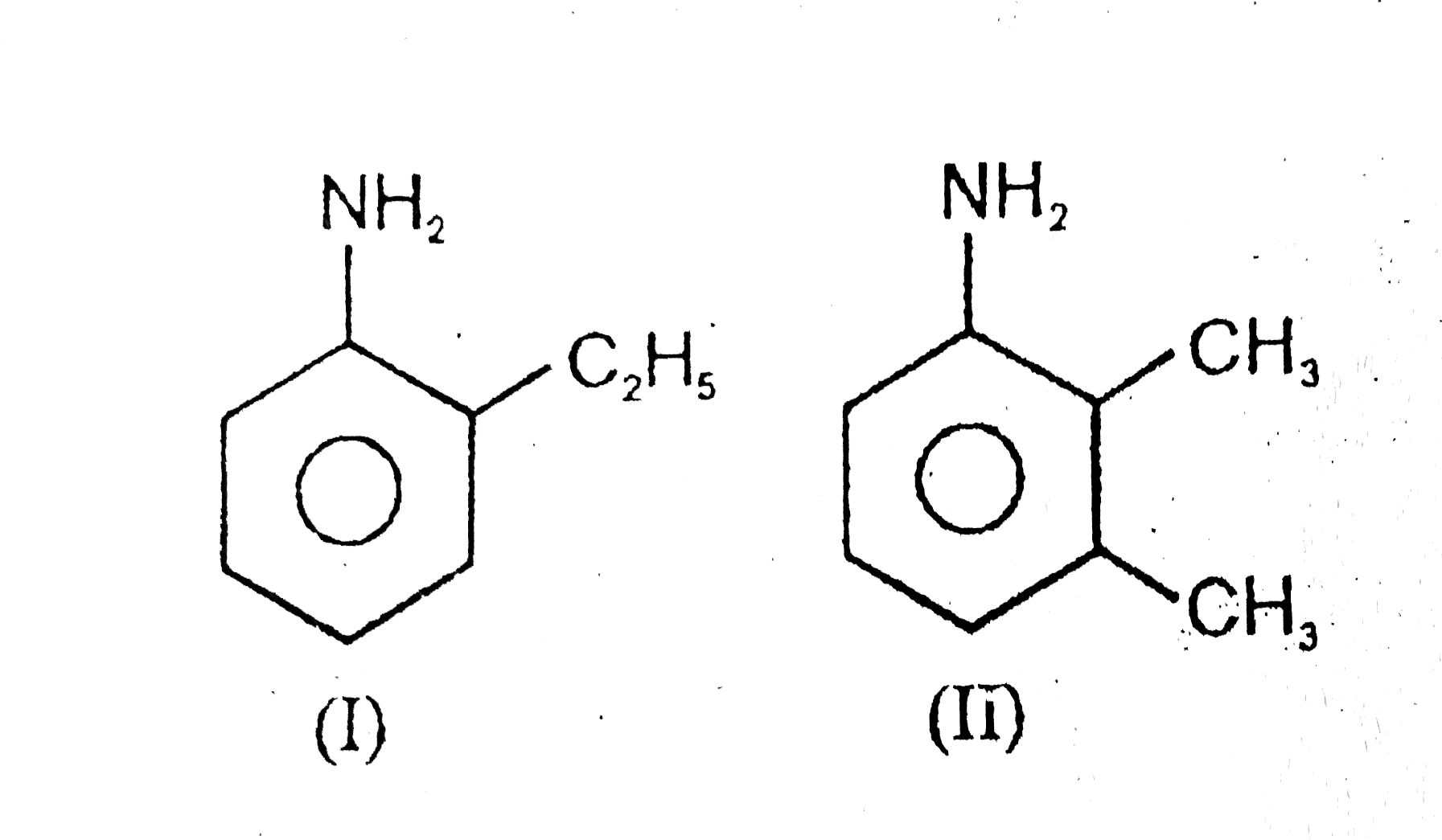The incorrect statements among the following is/are :
I. Fullerene is molecular solid
II. Lead prefers to form tetravalent compounds
III. The three C−O bonds are not equal in the carbonate ion
IV. Both B2 and C2 are paramagnetic
I,III and IV
I and IV
II, III and IV
I and III
To determine the incorrect statements among the given options, we will analyze each statement one by one.
Step 1: Analyze Statement I
Statement I: "Fullerene is a molecular solid."
- Analysis: This statement is correct. Fullerenes, such as C60, are indeed classified as molecular solids because they consist of discrete molecules held together by van der Waals forces. The structure of fullerenes is often spherical or tubular, resembling a soccer ball.
Step 2: Analyze Statement II
Statement II: "Lead prefers to form tetravalent compounds."
- Analysis: This statement is incorrect. Lead (Pb) typically prefers to form divalent compounds (Pb^2+) rather than tetravalent compounds (Pb^4+). Although tetravalent lead can exist, it is less stable and less common compared to divalent lead.
Step 3: Analyze Statement III
Statement III: "The three C-O bonds are not equal in the carbonate ion."
- Analysis: This statement is incorrect. In the carbonate ion (CO3^2-), the three C-O bonds are equivalent due to resonance. The resonance structures indicate that the double bond character is distributed equally among the three bonds, making them all equal in length and strength.
Step 4: Analyze Statement IV
Statement IV: "Both B2 and C2 are paramagnetic."
- Analysis: This statement is incorrect. According to molecular orbital theory, B2 (Boron dimer) has unpaired electrons and is paramagnetic, while C2 (Carbon dimer) has all paired electrons and is diamagnetic. Therefore, the statement that both are paramagnetic is false.
Conclusion
- Incorrect Statements: Statements II, III, and IV are incorrect.
- Correct Answer: The incorrect statements among the options are II, III, and IV.
Statement I: "Fullerene is a molecular solid."
- Analysis: This statement is correct. Fullerenes, such as C60, are indeed classified as molecular solids because they consist of discrete molecules held together by van der Waals forces. The structure of fullerenes is often spherical or tubular, resembling a soccer ball.
Statement II: "Lead prefers to form tetravalent compounds."
- Analysis: This statement is incorrect. Lead (Pb) typically prefers to form divalent compounds (Pb^2+) rather than tetravalent compounds (Pb^4+). Although tetravalent lead can exist, it is less stable and less common compared to divalent lead.
Statement III: "The three C-O bonds are not equal in the carbonate ion."
- Analysis: This statement is incorrect. In the carbonate ion (CO3^2-), the three C-O bonds are equivalent due to resonance. The resonance structures indicate that the double bond character is distributed equally among the three bonds, making them all equal in length and strength.
Statement IV: "Both B2 and C2 are paramagnetic."
- Analysis: This statement is incorrect. According to molecular orbital theory, B2 (Boron dimer) has unpaired electrons and is paramagnetic, while C2 (Carbon dimer) has all paired electrons and is diamagnetic. Therefore, the statement that both are paramagnetic is false.
- Incorrect Statements: Statements II, III, and IV are incorrect.
- Correct Answer: The incorrect statements among the options are II, III, and IV.
Topper's Solved these Questions
- p-BLOCK ELEMENTS-1BOOK - VMC MODULES ENGLISHCHAPTER - p-BLOCK ELEMENTS-1EXERCISE - LEVEL 2
73 Videos
- p-BLOCK ELEMENTS-1BOOK - VMC MODULES ENGLISHCHAPTER - p-BLOCK ELEMENTS-1EXERCISE - JEE Main Archive
34 Videos
- p-BLOCK ELEMENTS-1BOOK - VMC MODULES ENGLISHCHAPTER - p-BLOCK ELEMENTS-1EXERCISE - JEE Advanced Archive
48 Videos
- MOCK TEST 9BOOK - VMC MODULES ENGLISHCHAPTER - MOCK TEST 9EXERCISE - CHEMISTRY (SECTION 2)
5 Videos
- PERIODIC PROPERTIES OF ELEMENTSBOOK - VMC MODULES ENGLISHCHAPTER - PERIODIC PROPERTIES OF ELEMENTSEXERCISE - IMPECCABLE
50 Videos
Similar Questions
The correct statement(s) from among the following is/are?
(i). all the d and f-block elements are metals
(ii). all the d and f-block elements form coloured ions
(iii). All th d- and f-block elements form paramagnetic ions
View SolutionThe relationship among the following pairs of isomers is :

I. A: constitutional
II. B: configurational
III.C : Conformational
IV.D: Optical
View SolutionWhich of the following statements are correct?
I. Bond order of NO is 2.5
II. Bond order of NO+ is 3.0
III. Bond order of O2 is 1.5
IV. Bond order of CO is 3.0
View Solution

(A) I & II are chain isomers
(B) I & III are functional isomers
(C ) III & IV are metamers
(D) III & IV are functional isomers
Incorrect statement is :
View SolutionChoose the correct statement regarding bonding in FeCl3
(I) It contains 2c−2e− bond
(II) It contains 3c−2e− bond
(III) It contain co-ordinate bond
View SolutionThe decreasing order of +I effect of the following is :
(I) −OӨ
(II) Me−
(III) Et−
(IV) Me2CH−
(V) Me3C−.
View SolutionStatement-1: All C-C bonds are equal in [10]-Annulene.
and
Statement-2: [10]-Annulene is a non aromatic compound
View SolutionTin and lead form divalent Sn (II) and lead (II) and tetravalent i.e., Tin (IV) and lead. (IV) compounds. Tetravalent and dioxides of lead and Tin are amphoteric in nature. Lead tetra fluorite is ionic solid where as PbCl4 is covalent. Pbl4 does not exist. lead (II) halides are white whereas Pbl2 is yellow in colour.
Q. SnCl2 is solid whereas SnCl4 is liquid, this is because?
View SolutionTin and lead form divalent Sn (II) and lead (II) and tetravalent i.e., Tin (IV) and lead. (IV) compounds. Tetravalent and dioxides of lead and Tin are amphoteric in nature. Lead tetra fluorite is ionic solid where as PbCl4 is covalent. Pbl4 does not exist. Lead (II) halides are white whereas Pbl2 is yellow in colour.
Q. Reaction of SnO with NaOH gives
View SolutionTin and lead form divalent Sn (II) and ead (II) and tetravalent i.e., Tin (IV) and lead. (IV) compounds. Tetravalent and dioxides of lead and Tin are amphoteric in nature. Lead tetra fluorite is ionic solid where as PbCl4 is covalent. Pbl4 does not exist. lead (II) halides are white whereas Pbl2 is yellow in colour.
Q. Pbl4 does not exist due to
View Solution
